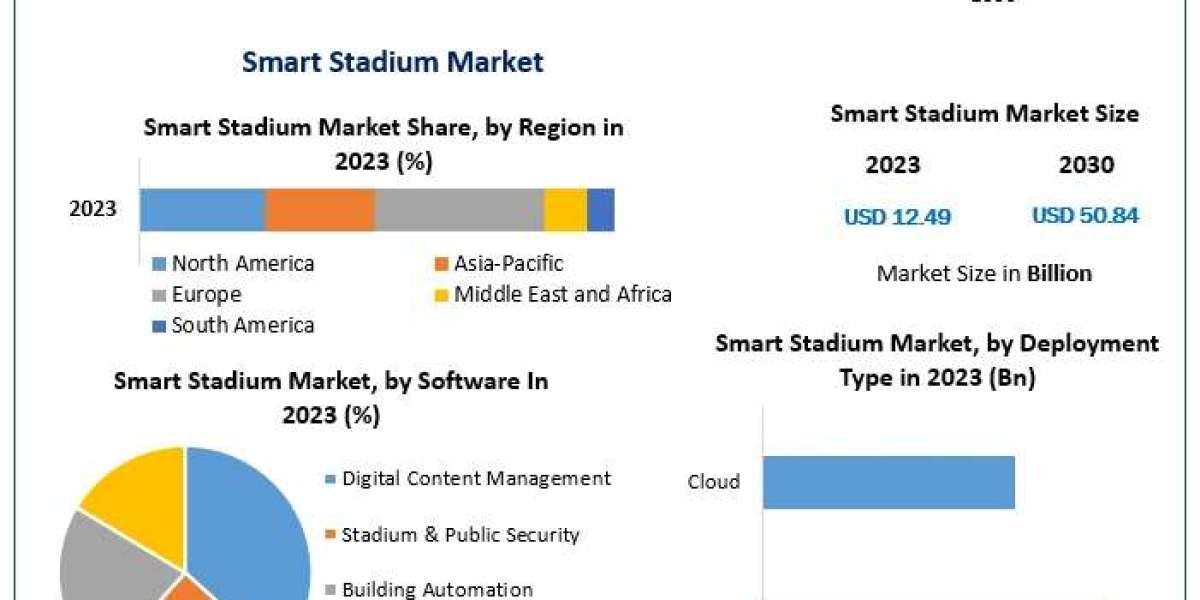1. Introduction
Essential parts of solar energy systems are solar inverters, which transform the direct current (DC) electricity produced by solar panels into alternating current (AC) power suitable for usage in residences and commercial buildings. Terms like 'clipping' and 'throttling' are frequently used when talking about solar inverters and how well they work. When the solar inverter cannot fully convert the DC power produced by the solar panels into AC power, a phenomenon known as clipping takes place, leading to the wastage of energy at periods of peak production. On the other hand, throttling occurs when the inverter purposefully restricts its output in order to avoid overloading the grid or using energy beyond its efficiency range.
Gaining an understanding of these phenomena is crucial to maximizing the efficiency and performance of a solar energy system. Understanding more about the functioning of clipping and throttling will help us build, scale, and run solar PV systems to maximize performance. This blog post will discuss the distinctions between solar inverter throttling and clipping, as well as their causes, implications on system performance, and mitigation techniques for more effective energy production.
2. Solar Inverter Clipping
Solar Inverter Clipping
When the power produced by the solar panels is more than the inverter's ability to transform it into usable electricity, a phenomenon known as clipping occurs in solar energy systems. This condition typically arises during the strongest part of the day when the panels are generating their greatest output but the inverter is not able to handle it all.
Although the reasons for clipping might vary, they usually result from utilizing a smaller inverter than what is required for the size of the system or from restrictions in grid connection laws. When clipping occurs, a portion of the electricity produced by the solar panels is wasted, which lowers the efficiency of energy production overall.
There are several tactics that can be used to reduce clipping in solar inverters. To guarantee optimum performance, one strategy is to carefully match the inverter's size to the solar panel array's capacity. Capturing a greater amount of the generated energy and minimizing clipping can be achieved by using sophisticated tracking technology or slightly oversizing inverters. Owners of solar systems can increase overall system efficiency and optimize energy production by implementing these strategies.
3. Solar Inverter Throttling
The process of purposely limiting or reducing a solar inverter's power output is known as 'solar inverter throttling.' There are a number of potential causes for this limitation, including grid limitations, excessive system component load, and high temperatures. A solar inverter that is throttled produces less energy overall from the solar array since it is operating below its maximum capacity.
A solar energy system's efficiency and energy yield can be negatively impacted by throttling. Consistently reducing the power output of a solar inverter can eventually result in lesser energy generation and even lost revenue for system owners. Throttling can shorten the system's lifespan by increasing the load on its constituent parts.
There are various ways to stop or lessen throttling in solar inverters. Throttling can be prevented by carefully planning and sizing the system in accordance with site-specific specifications and requirements. This will assist prevent overloading and overheating problems. Minimizing performance losses from shading can also be achieved by putting shade management strategies into practice, such as placing optimizers or microinverters in shaded locations.
To find and fix any problems that can cause throttling, the solar energy system has to be regularly inspected and maintained. System owners can proactively prevent throttling occurrences and guarantee proper operation of their solar arrays by monitoring system performance data and regularly inspecting parts such as inverters and wiring connections.
4. Clipping vs. Throttling Comparison
Energy production in solar inverters is impacted by two different phenomena: throttling and clipping. Even if there is more solar energy available, the solar inverter will clip when it reaches its maximum power output capability and will stop producing energy. Throttling, on the other hand, occurs when the inverter purposefully lowers its power output in order to maintain grid stability or guard against equipment damage.
Because of the inverter's restrictions, clipping involves boosting the solar panel's output while surrendering a certain amount of energy. This may result in increased efficiency during the hours of maximum sunlight but a loss of harvestable energy during the times of reduced sunshine. In contrast, throttling ensures consistent operation, avoids overloading, and emphasizes system stability and durability by limiting power delivery when appropriate.
Every phenomenon has a unique set of benefits and drawbacks. While clipping might increase productivity when conditions are ideal, it can also result in less energy being produced overall during the day. Throttling ensures long-term reliability and reduces wear on components while preserving system integrity and may lead to less immediate energy generation.
Real-world examples of where one occurrence might be more common than the other include areas that receive constant sunlight choosing to use clipping in order to enhance output efficiency at peak hours. On the other hand, even though throttle may result in short-term losses in energy generation, regions that are vulnerable to fluctuations or grid instability may benefit from it in order to preserve system health and avoid interruptions.
In order to maximize energy production and guarantee dependable operation over time, system owners and installers must comprehend the subtle differences between clipping and throttling in solar inverters. Stakeholders can decide which phenomenon fits with their priorities for solar energy systems by weighing the opposing features and evaluating particular demands.
5. Conclusion
Considering everything mentioned above, we can draw the conclusion that optimizing the efficiency of solar energy generation requires an understanding of the distinctions between solar inverter throttling and clipping. When the inverter reaches its maximum power capacity, clipping takes place, resulting in energy being squandered during periods of peak production. Throttling, on the other hand, entails lowering the inverter's output in order to prevent clipping, but at the expense of producing less energy.
Achieving a balance between throttling and clipping is crucial for optimizing the performance of solar inverters. Both problems can be reduced and efficient energy generation can be ensured with proper system sizing and design. In order to find any inefficiencies and make the required adjustments to improve overall system efficiency, regular monitoring and maintenance are also essential.
Owners of solar power systems can maximize their return on investment and obtain higher energy yields by putting policies in place to avoid clipping and throttling. To maximize the potential of solar energy production for a sustainable future, installers and users must take proactive measures to optimize inverter performance.








